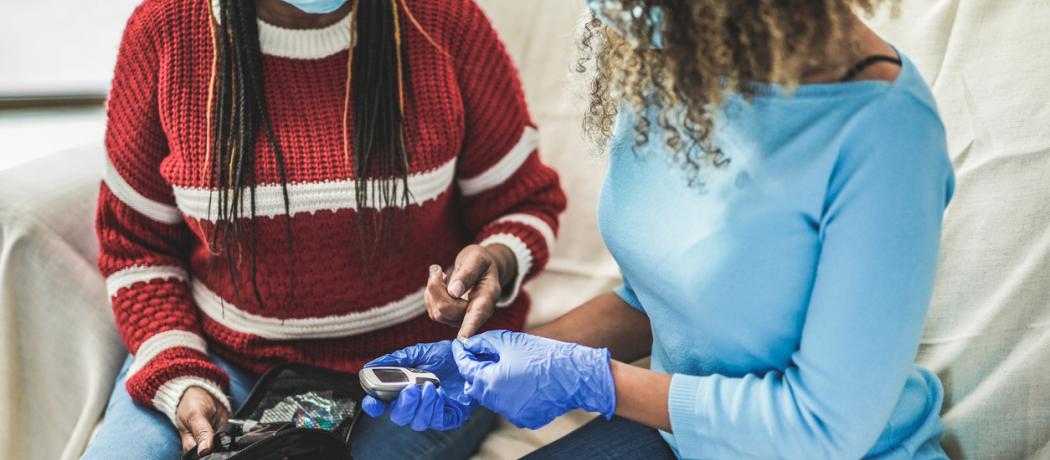November is diabetes month, and 2021 marks 100 years since the discovery of insulin. At the time of its discovery, it appeared that insulin would solve the problem of diabetes worldwide, but over the 100 years since, the lifesaving medication’s potential has yet to be fully realized.
Where we started
Prior to 1921, a diagnosis of diabetes in young people was a virtual death sentence; the average life expectancy was less than 2 years. Then surgeon Sir Frederick Banting started experimenting with extracts of pancreas to reduce hyperglycemia and glycosuria in dogs that had been made diabetic with the removal of their pancreas. Later that year, John J.R. MacLeod, head of the Physiology Department at the University of Toronto, allocated laboratory space, an allotment of dogs, and a small stipend for a student assistant (Charles Best) to help Banting continue his experiments. Biochemist James B. Collip helped by purifying the pancreatic extracts.
The researchers were successful in treating the dogs and then humans who had diabetes, and Banting and MacLeod were awarded the Nobel Prize for the discovery of insulin. Best did not receive the prize, and Collip’s role was also ignored, though his purification of the pancreatic extract was crucial for the success of insulin.
Where we are today
Three major obstacles have emerged since insulin was first used. First, lack of access to insulin, due to its cost, has become a major problem for low-income countries. Even in the US, close to 2 million of the 7 million patients taking insulin report affordability problems.
Second, gradually it became clear that keeping blood glucose levels close to normal was as important as insulin was, but to achieve that biological requirement is a complex task. As the methods evolved, blood glucose measurements were done in hospital laboratories but patients at home had to use unreliable urinary glucose estimates. In the 1970s, German scientists introduced blood glucose monitoring that could be done at home. Flexible intensive insulin therapy became a reality, but it put the responsibility for the management of this chronic ailment on the patient and the family. Patients have to learn to calculate insulin dosages according to blood glucose levels, expected and real carbohydrate intake, as well as the likely effect of exercise and other daily activities.
In high-income countries, advanced technologies such as insulin pumps, continuous glucose monitoring, and educational programs have become established for diabetes management, although studies indicate that many persons find using these devices challenging. Significantly, in low-income countries few patients can afford these devices and are more likely to miss out on the important educational approaches.
The third problem is that in the final analysis, even with access to the best medical attention, the most up-to-date technical advances, and affordability achieved, patients with diabetes still have the daunting task of having to treat their condition virtually hour by hour. The challenge now is to overcome these modern-day hurdles.
—George Szasz, CM MD
Suggested reading
Heller SR, Durrant A, Tandon N. Insulin, the patient, and the health professional. Lancet 2021;398(10313):1785-1786.
Lancet. 100 years of insulin: A technical success but an access failure. Lancet 2021;398(10313):1777.
Peek ME. By any means necessary: Why lowering insulin price is relevant to racial health equity. Lancet 2021;398(10313):1783-1784.
Rosenfeld L. Insulin: Discovery and controversy. Clin Chem 2002;48:2270-2288.
This post has not been peer reviewed by the BCMJ Editorial Board.

